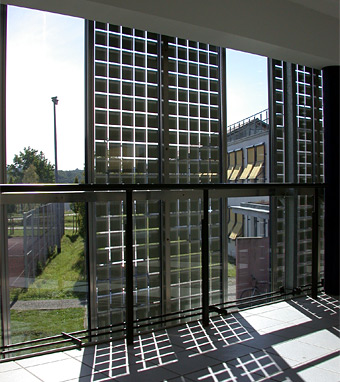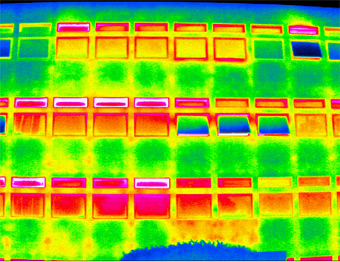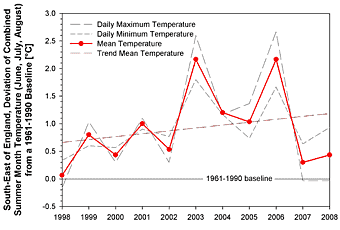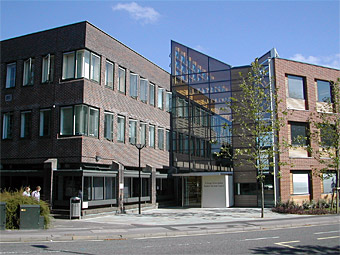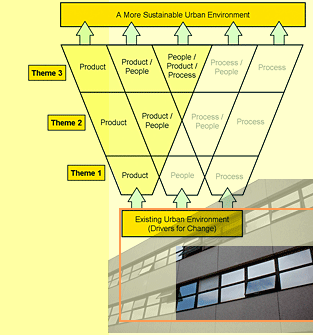The question of how to qualify and quantify good building performance is not trivial to answer. A well performing building from a carbon footprint perspective may not automatically be well performing in terms of occupant satisfaction (Figure 1). Similarly building performance may be understood quite differently by different groups of building users as ‘performance’ can […]
Energy and Buildings
The group’s research has highlighted that at present environmental control facilities are often not correctly applied, or more usually, incorrectly used due to their complexity or unintuitive mode of operation. It has been shown that there is often lack of interaction between users and their buildings. Façade interaction studies of an office building highlighted rather […]
Within the framework of the IDCOP research project a pre-refurbishment tool for assessing buildings was developed (Figure 1). This tool which is termed B-space assesses the energy demand of multi-storey office buildings taking into account occupier comfort. B-space is targeted at asset mangers as main user group. It enables calculation of a building’s carbon footprint […]
Human-made emissions be it from buildings, business, agriculture or transport are now commonly accepted to be the main cause of the global warming trend which is currently being experienced. The Sustainable Energy Research Group is conducting research on climate change issues by assessing future climate impacts in particular in terms of the future performance of […]
The University of Southampton has three permanently grid connected PV systems on its Highfield Campus designed and serviced by the Sustainable Energy Research Group. The installed capacity of these three facilities is about 20 kWp: (a) George Thomas Building – 12.2 kWp atrium (b) Building 2 – 7.2 kWp vertical façade (c) Eustice Building – […]
“Innovation in Design, Construction & Operation of Buildings for People” (IDCOP) is a multi institutional research programme funded under the Engineering and Physical Sciences Research Council (EPSRC) Sustainable Urban Environment (SUE) programme. The aim of the IDCOP consortium is to find new ways to improve the performance of building envelopes over the whole building life cycle. The […]
